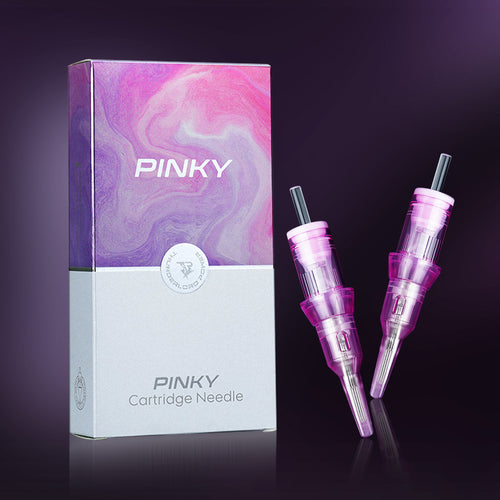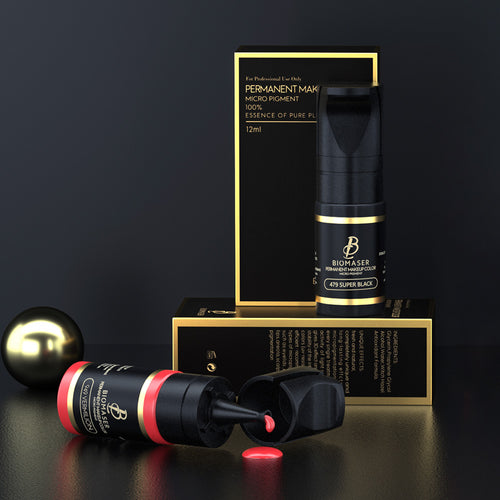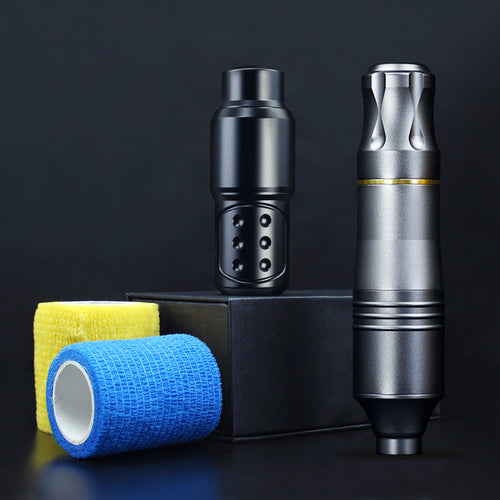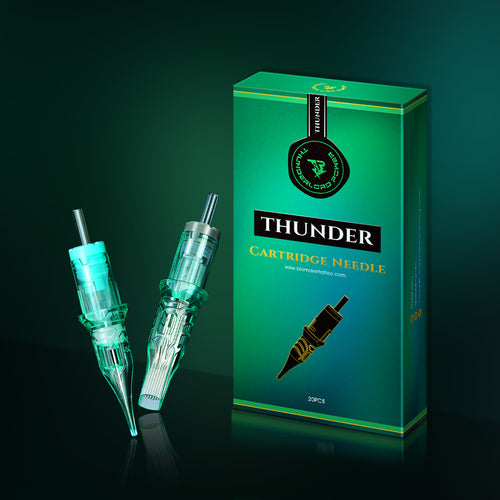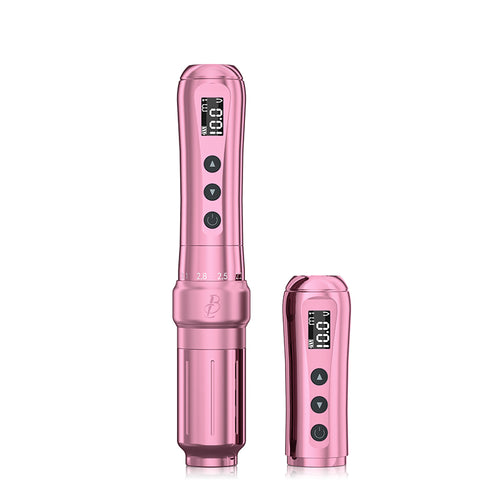Your Comprehensive Guide to Microblading Color Correction

If you've had microblading eyebrows done in the past, but the color and shape are no longer to your liking, don't panic - color correction is possible! Microblading correction is a process of adjusting faded, discolored, or poorly executed eyebrow tattoos by depositing new pigment. This guide covers all the ins and outs of the correction process so you can salvage your existing microbladed brows.
What is Microblading Color Correction?
Microblading correction, also called microblading correctional tattooing, is a procedure that adjusts the color and shape of existing eyebrow tattoos. It involves depositing new pigment over the old one to refresh and improve the overall look. Reasons for getting microblading color correction include:
- Fading of the original pigment over time
- Uneven fading resulting in unnatural tones
- Poor color selection initially resulted in an unflattering appearance
- The improper tattooing technique causes irregular shapes or sloppy lines
- Post-procedure complications causing discoloration or blurring
The correction process aims to remedy these common issues that can happen in microbladed brows by refreshing the color and shape.
Causes of Fading or Discoloration Requiring Correction
There are several possible causes of microblading eyebrow tattoos fading, blurring, or showing unnatural tones that may warrant color correction:
- Poor technique during the initial tattooing procedure can lead to irregularities. An inexperienced artist or unsteady hands lead to uneven ink deposit and blurriness.
- Not following proper aftercare once the brows are done can cause early fading or infection risk altering the appearance. Things like picking scabs or getting brows wet too soon lead to poor healing.
- Low-quality pigments that aren't formulated for microblading tend to fade or change color faster than high-grade inks. Shoddy pigments turn orangey or muddy looking over time.
- Lifestyle factors like sun exposure, using skin-lightening products, or certain medications can impact how microbladed pigments hold up, causing premature fading or weird undertones.
- Natural fading of the brows due to the skin's shedding and regeneration processes over time. Even with ideal application and care, refreshers are needed.
Biomaser U1 Wireless PMU Tattoo Machine Eyebrows & Lips
When to Consider Color Correction vs. Removal
If your brows are only slightly faded or show minor unevenness in tone, color correction may be the better choice compared to complete removal and starting from scratch. Reasons to opt for microblading correction over removal include:
- The base color has only lightened slightly and mainly needs to be refreshed and darkened.
- The underlying brow shape is still flattering, and the client prefers not to lose it completely.
- Avoid over-saturating the skin with repeated removal treatments which can cause scarring.
- Preserve as much of the original work and pigment already embedded in the skin.
However, if the existing microblading eyebrows are severely faded, and a completely different shape or appearance is desired, removal followed by fresh tattooing may be the way to go.
The Color Correction Process
The microblading correction process is highly customized for each client's brows and desired end result. Steps generally include:
- Choosing the right pigment undertone to neutralize unwanted hues in the existing tattoo. Warm tones counteract cool ashiness. Complementary colors cancel each other out.
- Application techniques are selected based on the condition of the existing brows. For significant fading, shading deposits more pigment. If the shape is sound, microblading may refresh lines.
- The technician does multiple gradual passes depositing small amounts of pigment each session. This builds the desired color results gradually.
- After neutralizing any unwanted undertones in the original tattoo, pigment is layered on until the ideal shade is achieved.
- A touch-up weeks later perfects the results after the initial healing is complete.
Here are some examples of common color correction challenges:
Red/Pink Eyebrows: Use an olive-colored corrector pigment to neutralize and cover the redness.
Blue/Grey Eyebrows: Neutralize ashy tones using an orange corrector pigment to counteract.
Very Cool-Toned Browse: Choose a new pigment with warm golden undertones to cancel out the existing cool ones.
Managing Client Expectations
While microblading correction can drastically improve the appearance of faded, blurred, or oddly colored brows, there are limitations to understand:
- Results cannot perfectly match brand-new microblading since the existing pigment is being worked over.
- Multiple sessions spaced apart are usually needed to allow proper healing and gradual color building.
- Some imperfections may still be slightly visible since correction is not removal and re-tattooing.
Desired results cannot be guaranteed due to variables like original application quality, skin type, lifestyle factors, and aftercare compliance.
Maintenance After Eyebrows Color Correction
Maintaining the look of your color-corrected eyebrows requires careful attention to aftercare instructions provided by your technician. Key steps include:
- Follow Aftercare Instructions: The regimen could involve keeping the brows clean, avoiding makeup or skincare products on them, not picking at them, and keeping them dry for some time.
- Guard Against Sun Exposure: Overexposure can cause premature pigment fading. Use brow-safe sunscreen or wear hats to protect them.
- Avoid Skin-Lightening Products: These may disrupt the pigment's color and duration near the brow area.
- Lead a Healthy Lifestyle: Factors like smoking, excessive alcohol consumption, and poor nutrition can hinder the healing process and affect the vibrancy of your brows.
- Regular Touch-Ups: Color-corrected brows fade over time. Schedule touch-up sessions with your technician as needed.
- Consult Before Skincare Treatments: Procedures like chemical peels or laser treatments can cause premature pigment fading. Check with your technician or skincare professional first.
In short, maintaining your brows post-correction involves dedication and careful adherence to your technician's instructions. Following these guidelines will help ensure long-lasting and low-maintenance results.
Conclusion
Microblading correction provides a great option to salvage fading, blurring, or poorly executed permanent makeup brows without having to undergo full removal and re-tattooing. While results can't be exactly like brand-new microblading, a skilled technician can dramatically improve the appearance by refreshing and balancing the pigment. Just be diligent with aftercare and maintenance. And pick your original artist carefully to hopefully avoid needing corrections!




